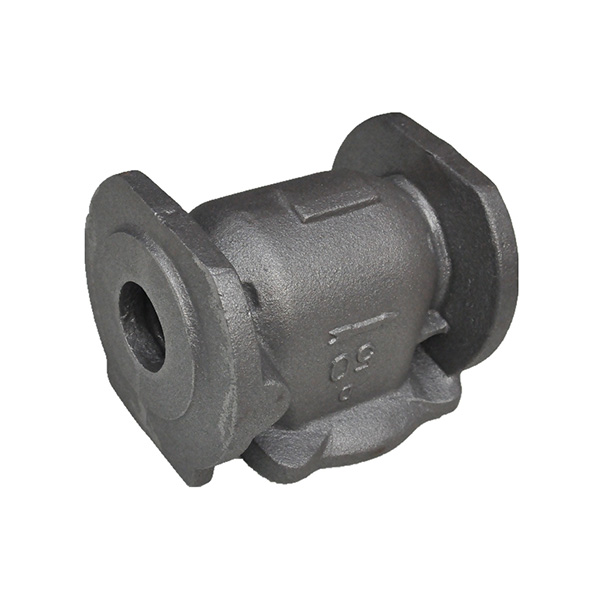Mobile:+86-311-808-126-83
Email:info@ydcastings.com
plumbing end cap
Understanding Plumbing End Caps A Comprehensive Guide
In the world of plumbing, there are many components that play vital roles in ensuring the proper functioning of water systems, and among them, the end cap is particularly significant. Often referred to as plumbing end caps, these fittings are designed to cover the ends of pipes and airtight seal plumbing systems, preventing the escape or leakage of fluids. This article will delve into the functionality, types, and installation methods of plumbing end caps, providing a detailed understanding for both DIY enthusiasts and professionals.
What is a Plumbing End Cap?
A plumbing end cap is a type of fitting used to close the open ends of a pipe. They provide a tight seal, thereby ensuring that water, gas, or other fluids do not leak from the terminated end of the piping. End caps can be made from various materials, including PVC, copper, stainless steel, and brass, tailored to meet the specific needs of the plumbing system they are a part of.
Types of Plumbing End Caps
1. PVC End Caps These are commonly used in residential plumbing due to their lightweight nature and resistance to corrosion. They are cost-effective and easy to install, making them a popular choice for DIY plumbing projects.
2. Copper End Caps These fittings are often used in heating systems and for potable water applications. Copper is known for its durability and resistance to corrosion, but it can be more expensive than other materials.
3. Brass End Caps Brass is another durable material used for end caps, especially in high-pressure applications. Brass end caps are strong and resist rust and corrosion, making them a reliable choice for both indoor and outdoor plumbing work.
4. Stainless Steel End Caps Used primarily in commercial and industrial settings, stainless steel end caps are highly resistant to corrosion and can withstand extreme temperatures and pressures.
plumbing end cap

Installation of Plumbing End Caps
Installing a plumbing end cap is a relatively straightforward process, but it is crucial to follow proper procedures to ensure a tight seal. Here’s a step-by-step guide
1. Measure and Cut the Pipe Use a pipe cutter to make a clean, straight cut at the end of the pipe. Ensure that the cut is even, as this will help the end cap fit snugly.
2. Clean the Pipe Ends Before attaching the end cap, clean the pipe ends thoroughly to remove any debris, dirt, or old adhesive. This step is essential to achieve a proper seal.
3. Apply Primer or Sealant If you are using PVC end caps, apply a primer to the outside of the pipe and the inside of the end cap. For other materials like copper or brass, a suitable sealant may be necessary.
4. Attach the End Cap Slide the end cap onto the pipe, making sure it fits snugly. For PVC, press and hold for a few seconds to allow the adhesive to set. For threaded caps, ensure that you thread it on tightly.
5. Check for Leaks After installation, test the system for leaks. It’s advisable to allow the adhesive or sealant to cure properly before running any fluids through the pipe.
Conclusion
Plumbing end caps are essential fittings that ensure the integrity of plumbing systems by sealing ends of pipes. Understanding their types, installation methods, and applications can enhance your plumbing knowledge and improve DIY project outcomes. Whether you are working on a home renovation or a larger plumbing project, knowing how and when to use end caps effectively can save time, resources, and ultimately contribute to a more efficient plumbing system. Through this guide, we hope you feel more equipped to tackle your plumbing needs with confidence.
-
Understanding Metal Casting TechniquesNewsApr.02,2025
-
Understanding Exhaust Manifolds for Enhanced Engine PerformanceNewsApr.02,2025
-
The World of Metal FabricationNewsApr.02,2025
-
Key Components for Pump and Turbo EfficiencyNewsApr.02,2025
-
Essential Tools for Automotive Maintenance and RepairNewsApr.02,2025
-
Durable Valve Components for Effective Water ManagementNewsApr.02,2025











